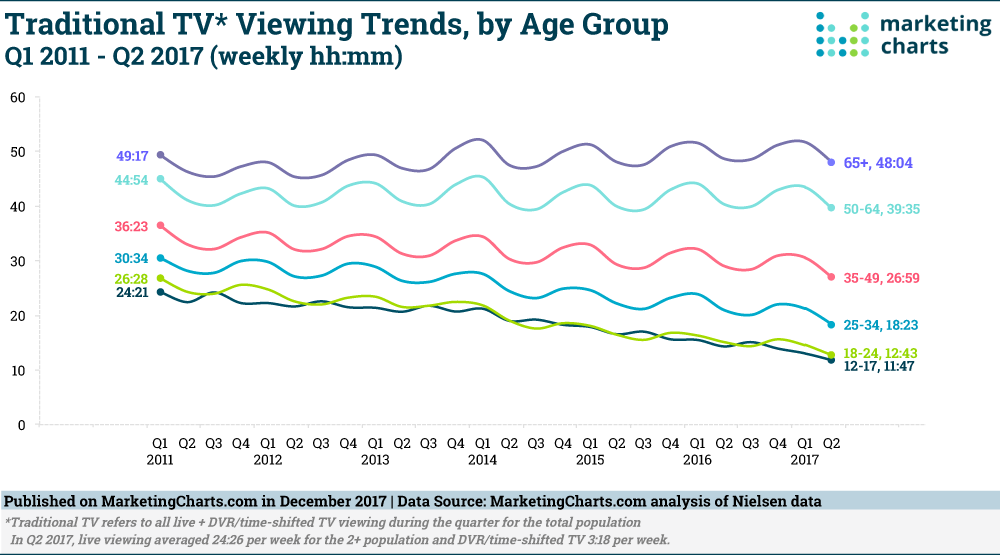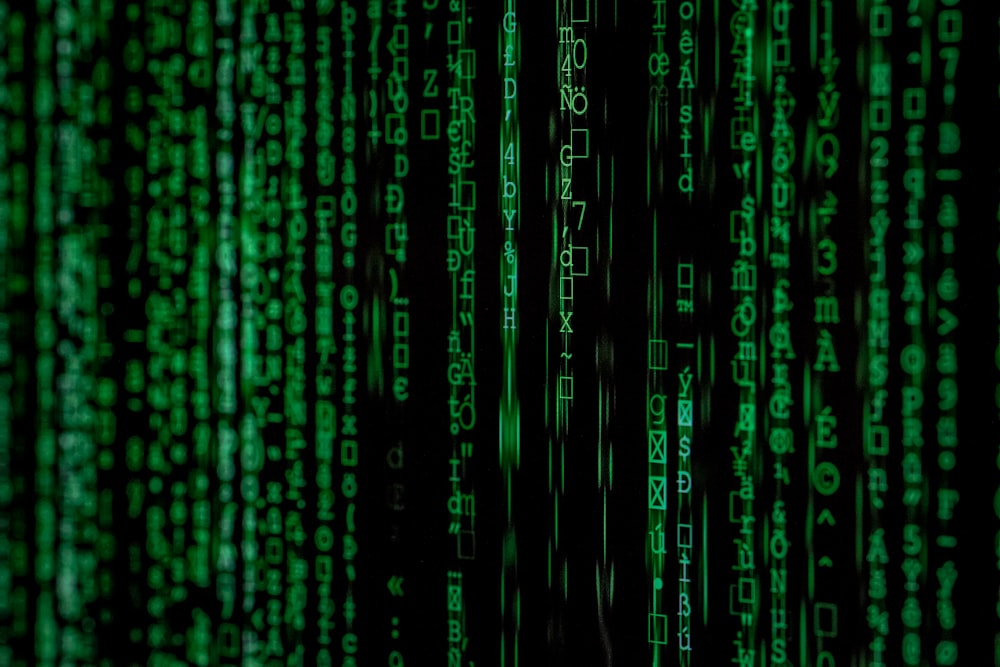Everything is Digital
Danger: This post is pretty old and may not be relevant anymore.
Stop saying “digital.”
I know, it’s hard. A lot of work has been put into convincing ourselves that these silos exist. We ask questions like “how many digital staff do you have?” We use “just for web” as an excuse to do lesser work with cheap gear. The teams supporting on-air and online barely speak, or maybe the latter doesn’t even exist.
But these lines are made-up, and they’re holding us back. We are in the business of content creation and distribution. The sooner we get away from arbitrarily scope-limiting everything from the get-go, the better off we’ll be. Over-the-air broadcasting is just an MPEG2 live stream delivered via RF. A web short is just an interstitial with different white and black levels. A podcast is a radio show.
Content is content.
And what it takes to create content that resonates with an audience does not change. Authenticity, trust, professionalism – these are the hallmarks of the PBS system. And as it turns out, these are also what audiences – all audiences – are most looking for.
But when we choose not to put something online, or not to produce something if it’s “just for web,” we are choosing not to serve an audience. And the audience we’re choosing not to serve is critical to our future.
The clearest trend in media is that broadcast viewership is declining by generation. Look, here’s a chart:

There are other charts like it, and they all show the same thing. Slowly but surely, our on-air viewership is dwindling and will not be replenished. Which begs the obvious question: who’s going to fund all the stuff we do in the future?
Thankfully, we’re already seeing the answer through Passport. Products like Passport appeal to shifting behavior in younger donors. Younger donors seek direct impact from their philanthropic giving, like to support local causes over national, prefer to give online, and are trending away from watching broadcast television.
Stations that aren’t treating the online space with the same seriousness as on-air are purposely short-changing the audience that will be their donor base into the future.
So why don’t we just do it? Commit to being where our audiences are?
Some of it’s based on assumptions long proven false. The biggest one I hear again and again is the fear of cannibalization. But viewer cannibalization has been proven repeatedly to be a myth. Online viewers are in addition to on-air viewers, not in place of. We don’t even see much evidence of cannibalization between online platforms – YouTube and COVE, for example. Audiences are where they want to be. We either meet them there or lose them.
The online quality drop is also a myth. When done properly, online content will look better than on-air. Full stop. YouTubers like MKBHD are shooting 8K RAW so their content is ready for re-use on future platforms. Meanwhile, we’re still sending out 1080i compressed into MPEG2. At a technical level, it’s not even close.
But some of it is inertia, and that’s a lot harder to overcome. As a relative newcomer to the PBS system, the number of times I’ve heard “why do we do this?” answered with “we’ve always done this” is staggering. The online space can be confusing, with all those kids asking “What’s up, guys?” directly into the camera. But to the previous point, we have a massive advantage in that we don’t have to chase the latest trends or hottest keywords. Authenticity, trust, professionalism – we’ve spend decades building that foundation. We just need to show it.
Finally, there’s the financial issue. This may feel like the hardest to overcome, especially for small stations. But it’s also, in a way, the simplest: do you want to exist in 20 years? If yes, then it’s time to make some hard choices about resource allocations. We have to embrace all of our audiences if we are to survive. Think of it this way: if your tower falls down, or encoder catches fire, is there a choice?
Stop saying “digital.” Everything is digital. We adapt or we die.
This article originally appeared in PBS TechNews

